Orthotropics. What is it? Why is it controversial, and why don't we use it in our practice?
What is it, why is it controversial, and why don’t we use it in our practice?
If you have been advised to start orthodontic treatment for your young child using plates, it’s likely you’re dealing with a type of treatment known as orthotropics. The concept has been discussed around the fringes of the dental profession for decades and has become topical again more recently with people looking for alternative treatment options.
Before putting your child through this time-consuming and costly treatment we suggest you seek a second opinion from one of our certified orthodontists.
What is orthotropics?
Orthotropics is a treatment that emphasizes the role of head posture, muscle balance, and proper breathing in promoting ideal facial growth. It is based on the controversial theory that it is environmental and behavioral factors, and not your kids’ genetics, which are the primary drivers of their facial development and final bone structure. To manipulate muscle functioning and facial growth, orthotropics employs a series of removable appliances and at-home tongue, jaw and lip exercises over several years, typically starting when a child is at primary school. This treatment, which can cost thousands of dollars, often involves the use of plates or other devices. It is often promoted as a solution to ‘avoid’ the need for braces or more involved orthodontic treatment in the future.
Why is orthotropics controversial?
The mainstream medical and dental community are very sceptical of the approach, and we understand that there are only three general dentists in New Zealand who practice this way.
Here’s why:
Debate Over Facial Development Factors: Most experts disagree with the notion that environmental and behavioral factors outweigh genetic and developmental influences on facial development and final bone structure.
Lack of Scientific Evidence: Conventional orthodontic treatment is supported by rigorous testing, randomised controlled trials, and long-term studies. Orthotropics lacks such robust evidence and the very limited studies which have been undertaken are of a poor standard.
What is our Approach?
Our approach to treatment is built on professional, ethical, evidence-based practice and the widespread use of orthotropics does not align with those values. We will use devices similar to those used in orthotropics in some circumstances to treat issues in young children when doing so is supported by scientific research (e.g. jaw expanders, crossbite correction (see here) and space maintainers). However, that is the exception rather than the rule.
What is the harm in trying orthotropics as a first step while my child is at primary school? If it doesn’t work, can we just not switch to a ‘conventional’ treatment when my child is older?
Aside from the obvious and significant cost implications associated with the unsuccessful early treatment, the two key issues we have observed with kids who find themselves in this boat are:
1. Treatment fatigue: Orthodontic treatment requires consistent care, regular appointments, adherence to treatment protocols and trust in the process. Most school age kids handle this well for a couple of years during their conventional treatment with us. However, in our experience even the most diligent of kids can struggle with this if they have already been subjected to a prolonged and involved course of orthotropic treatment during their earlier years. In our experience, the emotional and mental toll this drawn-out treatment process will have on a child is often underestimated by parents.
2. Critical timing for treatment & misdiagnosis: There are optimal growth windows for treatment of different issues using conventional orthodontics, including some at a relatively early age (which is why we like to see kids when they are still at primary school – even though in most cases we won’t begin physical treatment until they are older). We have experience of patients missing these critical windows and never being able to achieve an optimal outcome. This includes instances where significant underlying orthodontic issues are not picked up and / or treated properly by the person administering the orthotropic based treatment.
So, am I being a bad parent by not attempting orthotropic treatment of my primary school aged child?
Having your child assessed by a certified orthodontist is a good proactive step in caring for your child. Including, seeking a second opinion from a certified orthodontist if you have been prescribed a course of treatment which is unconventional.
In most cases the best course of action will be to let your child develop naturally during their formative years. We are parents and understand how difficult it is to stand by and allow this to occur when you are being told that intervention at an early age will improve your child’s health and wellbeing and avoid the need for treatment when they are older. However, in our opinion as orthodontic professionals, and parents, natural development during these early years is the appropriate approach in most circumstances.
As the only certified orthodontists in the Nelson and Tasman region, we provide expert, evidence-based orthodontic care with a friendly team for you and your family. If you have any concerns or would like a second opinion on a course of treatment that has been prescribed for your child, please contact us today for an appointment on 03 546 6981 or submit a form here.
